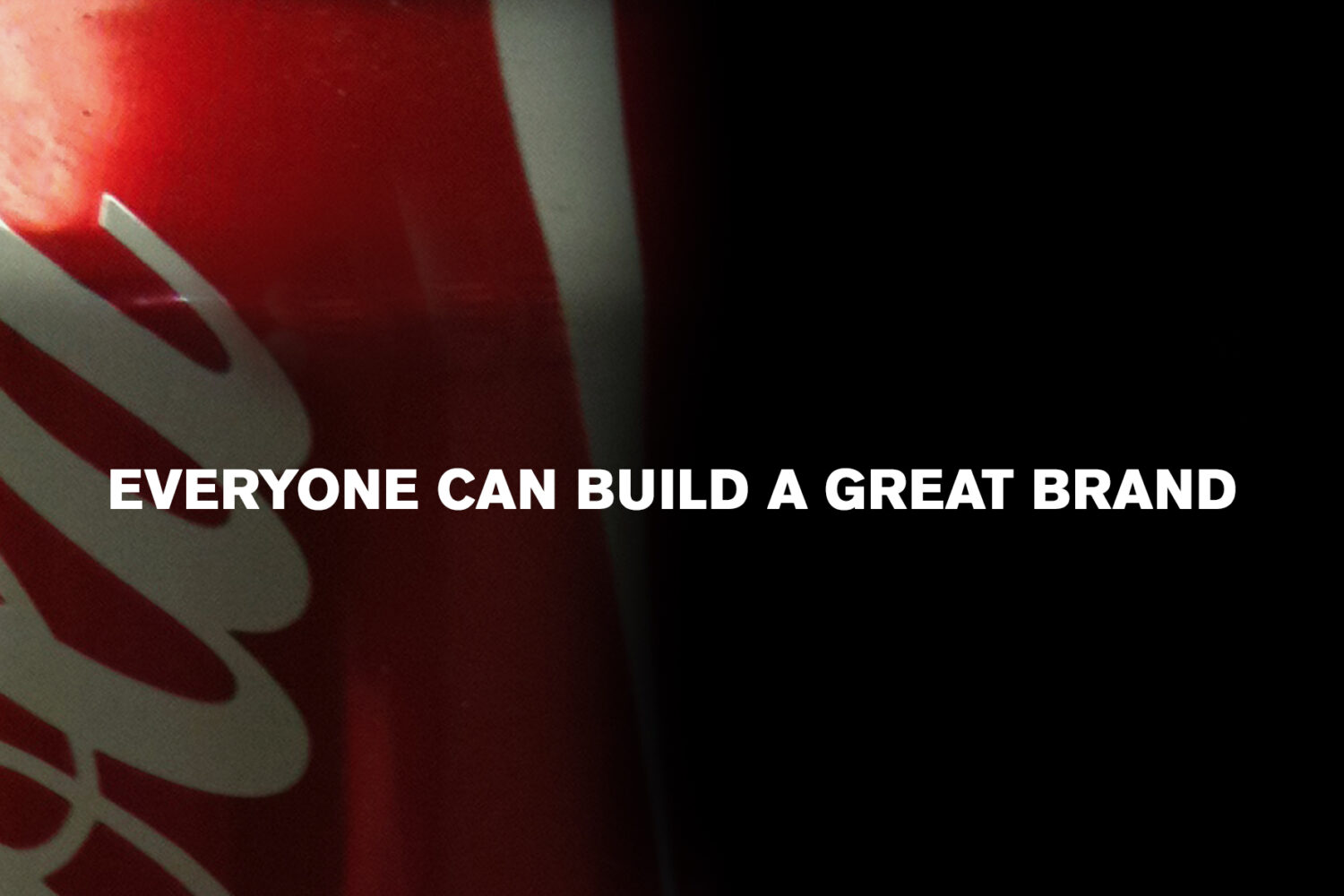In the Mad Men finale, broadcast late last night in the UK and Ireland, Don Draper and many of the main Sterling Cooper characters are desperate to flee the all-consuming, skirt-chasing ad agency giant McCann-Erickson. In fact US reviewers have largely overlooked the fact that Don is trying to escape the deathly clutches of McCann’s almost as much as he’s been running away from the everyday horror of his tangled New York existence.
Until a total stranger opens the fridge door of his mind to give him a very Madison Avenue kind of enlightenment, Don is completely lost. A Coca-Cola style of creative immortality seems to call to him on a California hilltop overlooking the ocean. Jack Kerouac meets David Ogilvy.
Mad Men, not inadvertently, raises an issue for McCann’s, Coca-Cola and Mad Men itself. Let’s call it the big brand dilemma.
My very first advertising job was in the design studio of McCann-Erickson Ireland where I also worked on the Coke account. Working on Coca-Cola in McCann’s in the 1990s was heavy on the process and lite on the creativity. Creative campaigns were implemented and measured.
The production and traffic departments ruled and it was all about booking billboards, prestigious TV spots and the very best newspaper placement. Creativity happened in another time zone and we certainly weren’t involved, although it’s interesting to note in the post below that the original idea for the ‘I’d like to buy the world a Coke’ spot happened in Ireland.
Mad Men seems to have solved the big brand dilemma. It has become a worldwide creative and branding success story.
McCann-Erickson was very much a process-driven agency, just as the production of Coca-Cola and other world-leading brands like Guinness are totally process-driven. In the pre-internet advertising days, working with a major international brand was all about process. So major agencies like McCann’s became process-driven entities too.
The fear we see on the faces of our favourite Mad Men characters is their fear of commoditized creativity; a fear of being bottled and sold as a commodity to the next big client. Nobody wants feel like a commodity, especially not creatives and art directors, but that commoditized approach is exactly what made McCann-Erickson one of the major players in world advertising for several decades.
The big brand dilemma is that international brands need big agencies to manage their processes, but they also need small, creative, independent teams to dare to come up with the big brand ideas they need to stay fresh and relevant.
There was a time when every agency would have loved to have McCann’s problems. And even now every brand would love the problems Coca-Cola or Apple Computer have in rolling out their brands and products to a worldwide audience.
Mad Men seems to have solved the big brand dilemma. It’s one of the world’s most recognised and visually identifiable TV brands loved by critics and advertisers, while still giving itself the time and space to be a creative, inventive and ideas-driven show. Mad Men has become a worldwide creative and branding success story. And that’s no easy process.
Today, with technology and social media, everyone can build a great brand. You can build a superbrand and change the world without needing all the resources that Coca-Cola command. You’ll still need great ideas, great creative concepts, outstanding copywriting and design, but the tools are here to help you get there faster. And you don’t have to look very far.
Try Brangento – it’s the real thing!
Eugene Burns



